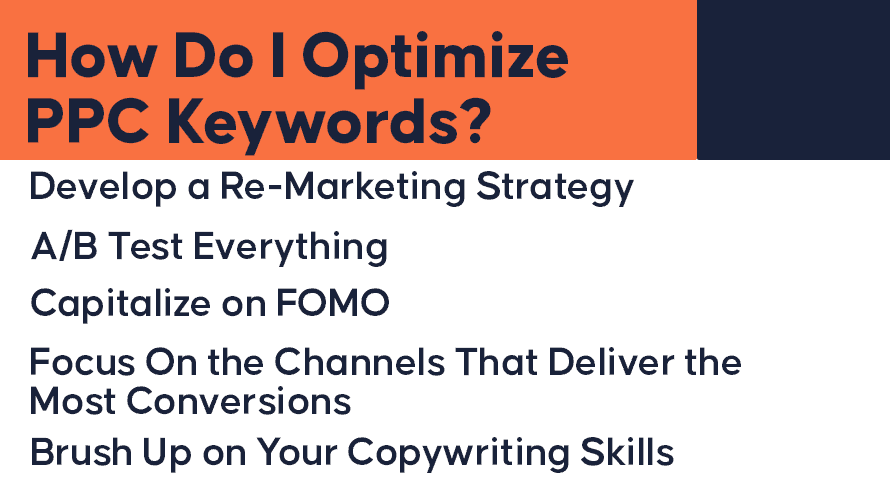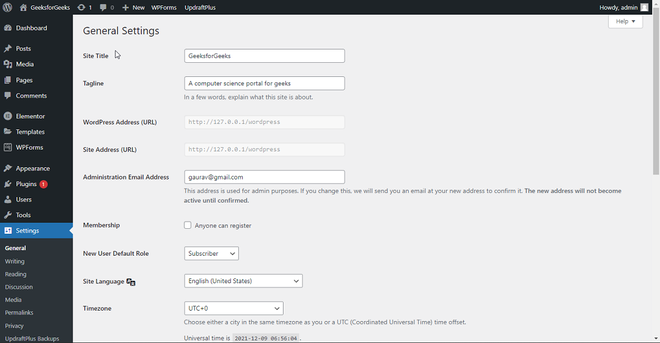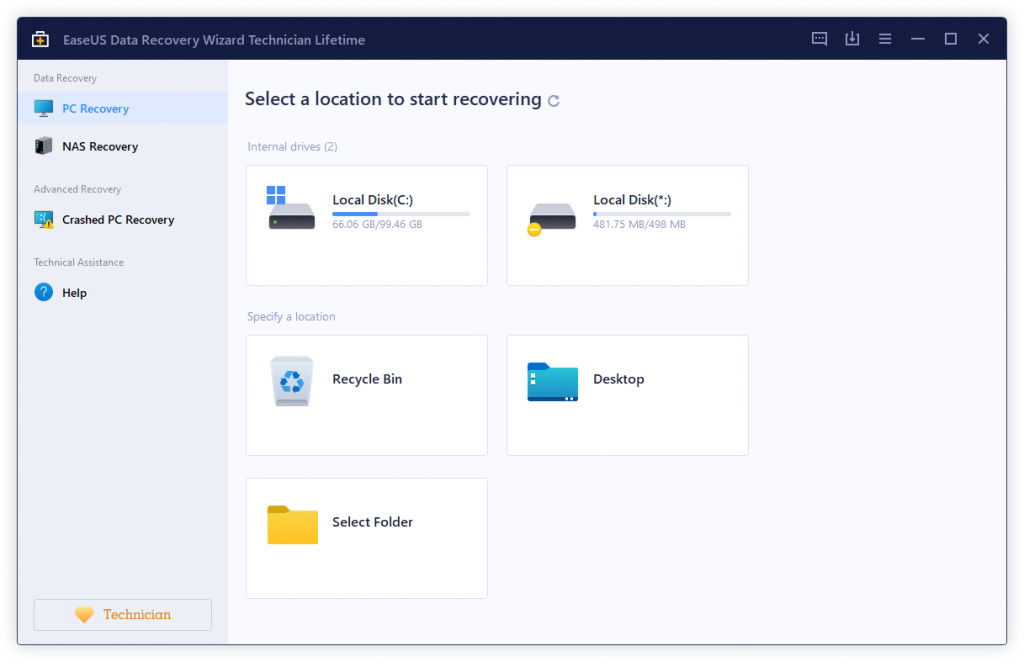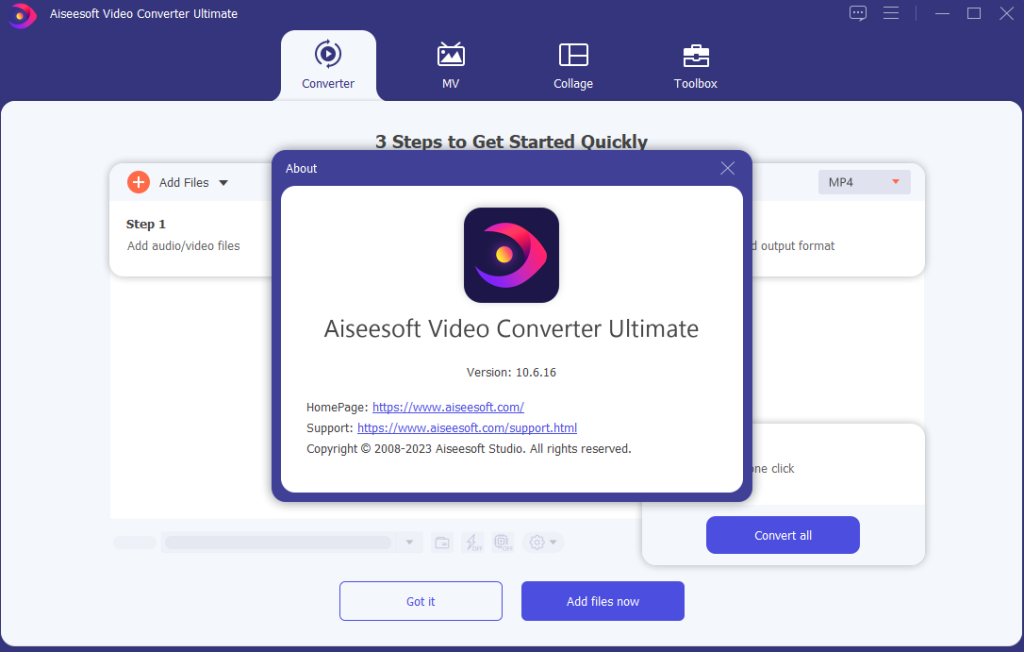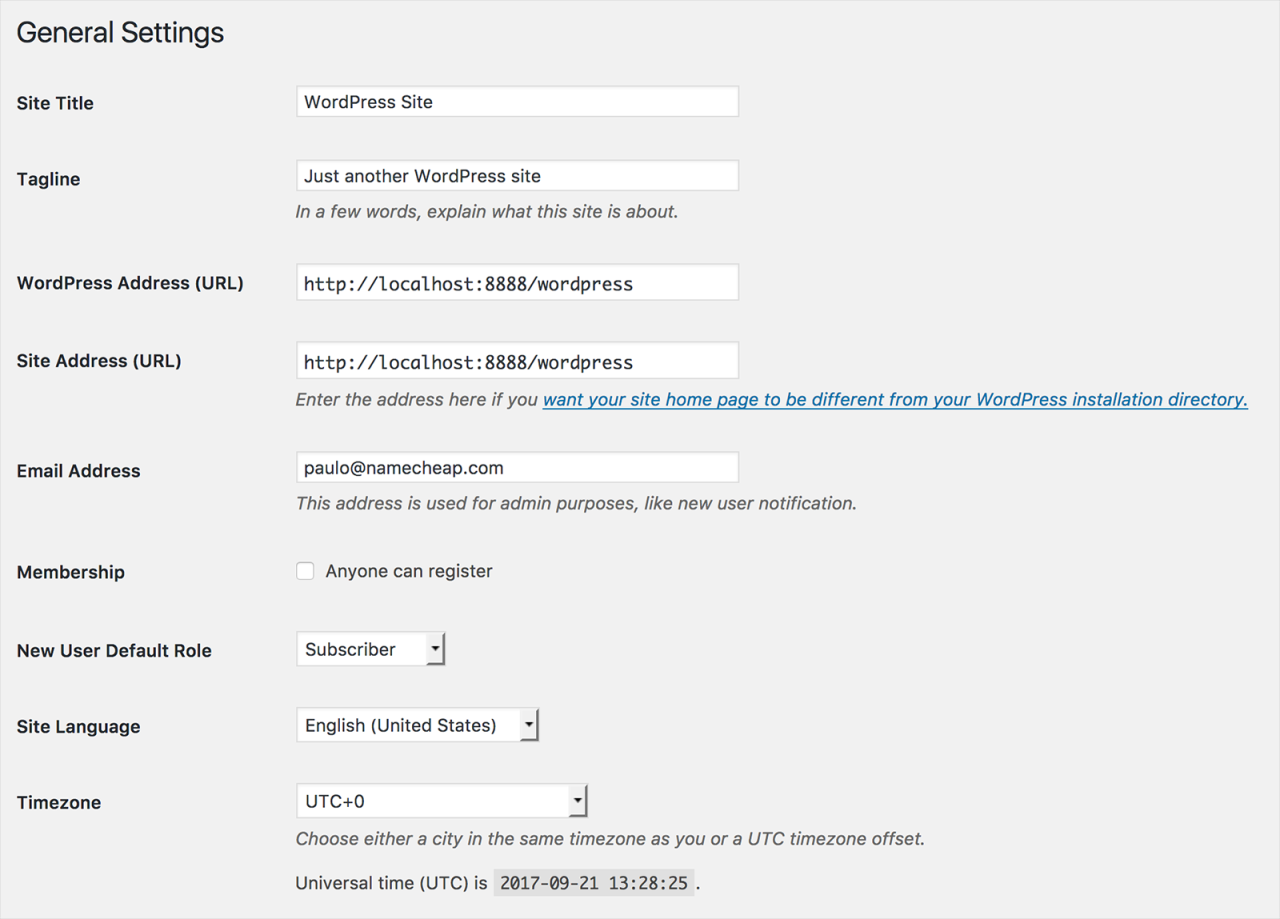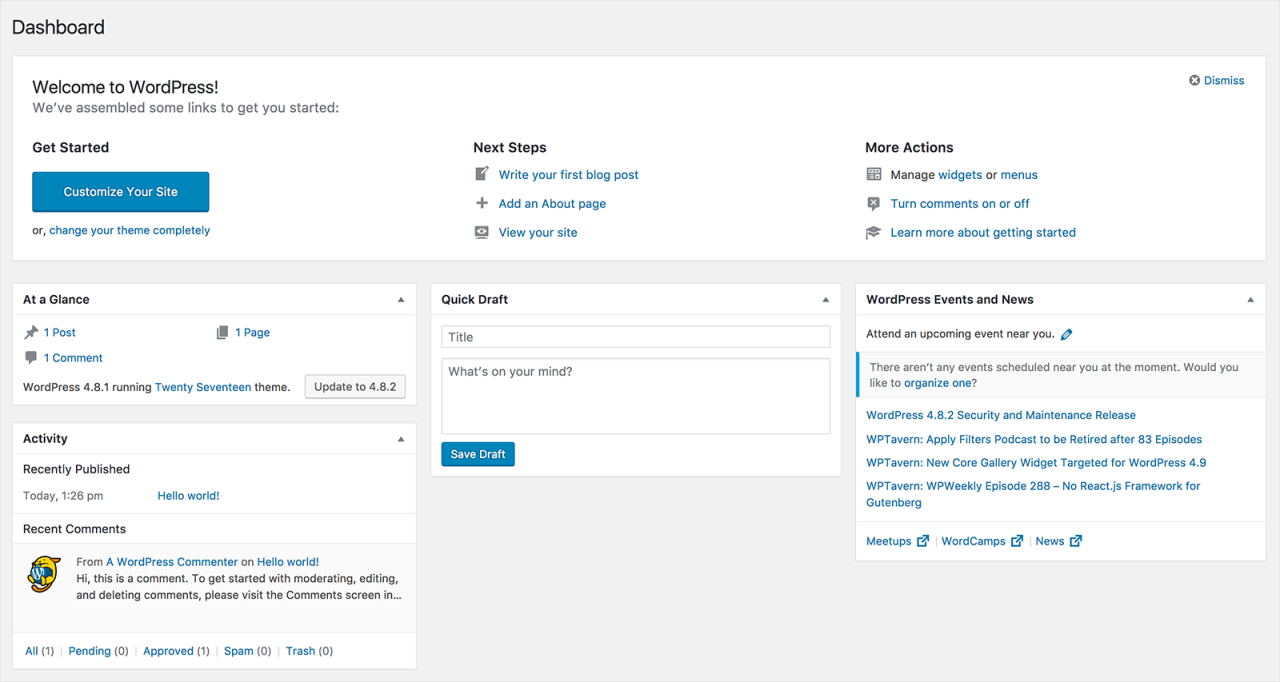With the site assessment out of the way, you should have a good idea of what areas need work and what areas are in good shape. Don’t assume the areas that don’t currently need work will always be perfect, however. That’s not how it works. At the least, changes to the pages will require changes to the SEO efforts that you’re putting forth; at most they may require that you begin SEO efforts for that page all over again.
You can now take the time to put together all of the information that you’ve gathered into a cohe- sive picture of the SEO efforts you should be making. Your SEO plan is more than just a picture of what’s there and what’s not, however. This is the document that you use to tie everything together: current standing, marketing efforts, capital expenditures, time frames — all of it.
The document should look much like any other plan that you’ll create, for instance your business plan. In this plan, you should have an area for background information, marketing information, plans for growing the business, and plans for managing problems that may arise.
An SEO plan is very similar. You’ll have your current standings, the goals that you plan to hit, and the marketing efforts that you plan to make for each page (or for the site as a whole). You’ll even have the capital expenditures that you plan to encounter as you implement your SEO plan.
You’ll also want to include the strategies you plan to use. Those strategies can be efforts such as sub- mitting your site or pages from your site to directories manually and planning the content you’ll use to draw search crawlers, or they can be keyword marketing plans or pay-per-click programs you plan to use. Also be sure to include a time line for the testing and implementation of those efforts as well as for regular follow-ups.
Search
Popular on Blogar
2024 Codecademy Premium Account Cookies
- May 16,2024
- 425 Views
2024 Canva Pro Free Team Invite Link And Cookies
- May 16,2024
- 405 Views
2024 Grammarly Premium Account Cookies
- May 11,2024
- 299 Views
Perplexity AI Premium Cookies 2024
- Apr 17,2024
- 446 Views
2024 Udemy Premium Account Cookies
- Apr 15,2024
- 271 Views
2024 ChatGPT 4 Premium Account Free Cookies
- Apr 12,2024
- 508 Views
ORPALIS PaperScan Professional Edition 4.0.10 Cracked
- Mar 29,2024
- 439 Views
Email Marketing-What Is Email Marketing?
- Oct 28,2022
- 498 Views
Content Marketing-What is Content Marketing
- Oct 27,2022
- 731 Views
Social Media Marketing-Social Media Marketing (SMM)
- Oct 27,2022
- 643 Views
Pay-Per-Click-What is PPC
- Oct 27,2022
- 694 Views
Adobe Photoshop 2024 v25.5.0.375 (x64)
- Feb 23,2024
- 95 Views
Pay Per Click-How Do I Optimize PPC Keywords?
- Feb 29,2024
- 95 Views
WordPress Tutorial-WordPress General Setting
- Nov 15,2023
- 91 Views
November 3-X3 Disney+ Premium Accounts
- Nov 03,2023
- 89 Views
EaseUS Data Recovery Wizard Technician v17.0.0.0 Build 20231121 + Patch-Activator
- Nov 28,2023
- 87 Views
Aiseesoft Video Converter Ultimate v10.8.30 (x64) Cracked
- Apr 10,2024
- 86 Views
January 2-2024-X35 Disney+ Premium Accounts
- Jan 02,2024
- 85 Views
Recent Post
2024 Codecademy Premium Account Cookies
- May 16th 2024
- 425 Views
2024 Canva Pro Free Team Invite Link And Cookies
- May 16th 2024
- 405 Views
2024 Grammarly Premium Account Cookies
- May 11th 2024
- 299 Views
Perplexity AI Premium Cookies 2024
- April 17th 2024
- 446 Views
2024 Udemy Premium Account Cookies
- April 15th 2024
- 271 Views
2024 ChatGPT 4 Premium Account Free Cookies
- April 12th 2024
- 508 Views
ORPALIS PaperScan Professional Edition 4.0.10 Cracked
- March 29th 2024
- 439 Views
Email Marketing-What Is Email Marketing?
- October 28th 2022
- 498 Views
Content Marketing-What is Content Marketing
- October 27th 2022
- 731 Views
Social Media Marketing-Social Media Marketing (SMM)
- October 27th 2022
- 643 Views
Pay-Per-Click-What is PPC
- October 27th 2022
- 694 Views
How to Fix WordPress Memory Exhausted Error
- May 16th 2024
- 12 Views
Copyright © 2024 BBBBF All Rights Reserved.













